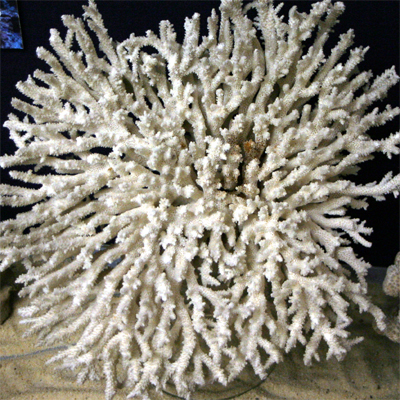
MARINE INVERTEBRATES
The five major invertebrate phyla confined to aquatic habitats: Phylum Porifera, Phylum Cnidaria, Phylum Ctenophora, Phylum Echinodermata, Pbylum Hemichordata.The ancestors of these six groups of living invertebrates were abundant in the shallow seas of the Cambrian period some 600 million years ago. Since that time their descendants have successfully colonised all kinds of marine habitats but none have managed the transition to land.
Poriferans (sponges), cnidarians and ctenophorans (comb jellies) were among the very earliest animals, Echinoderms (star-fish sea urchins and sea cucumber' and hemichordates (the acorn worms) represent the later deuterostome line of evolution which led to the invertebrate Chordates and eventually to the vertebrates.
In deuterostomes (second mouth), the blastopore is posterior, giving rise to the anus, and far from the mouth which forms as a new opening at the anterior end. T protostomes (first mouth), the annelids, molluscs and arthropods, which form the other major evolutionary branch, the blastopore contributes to the formation of the mouth and the anus.
The six phyla are displayed in sequence from oldest to youngest to show:
|
 |
| PORIFERA | CNIDARIA | CTENOPHORA | ECHINODERMATA | HEMICHORDATA |






